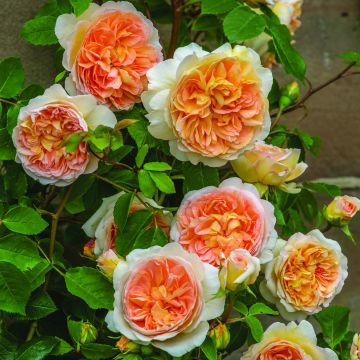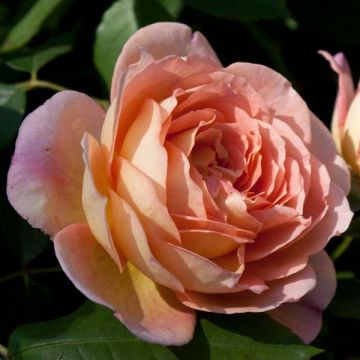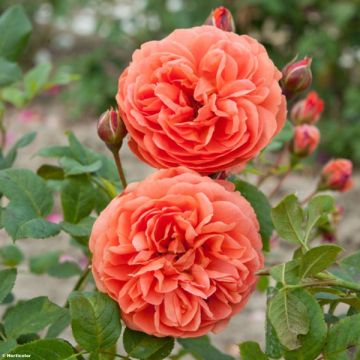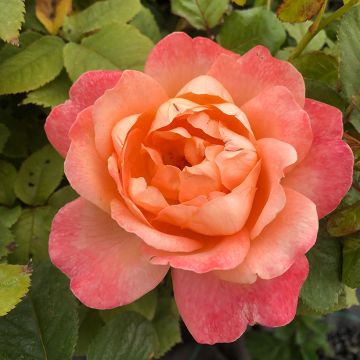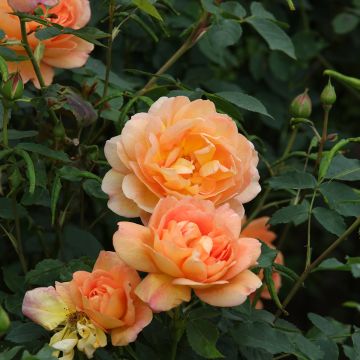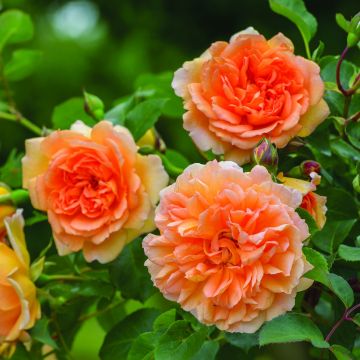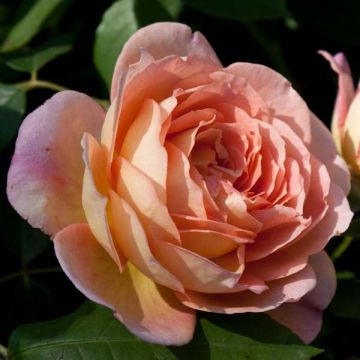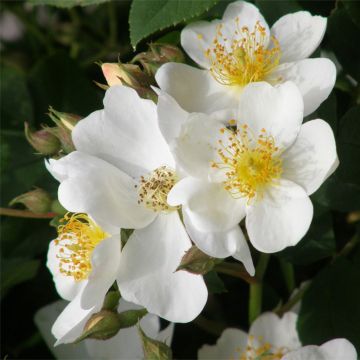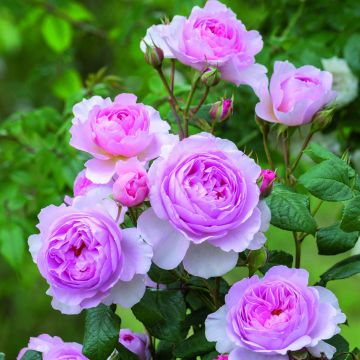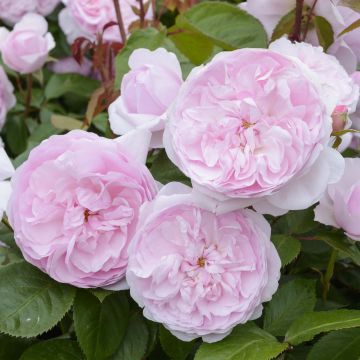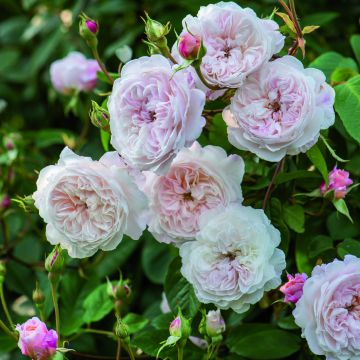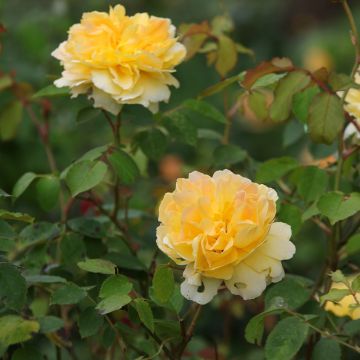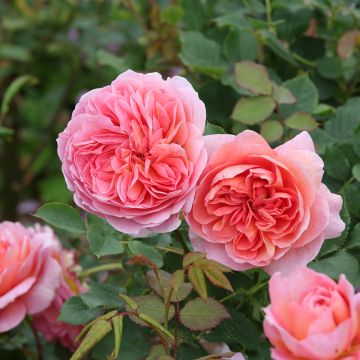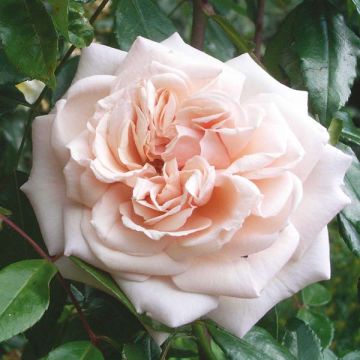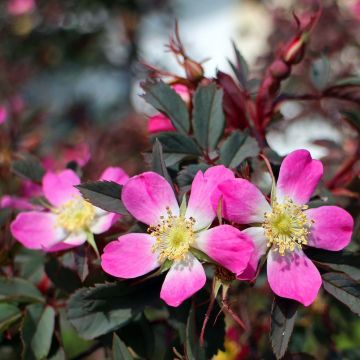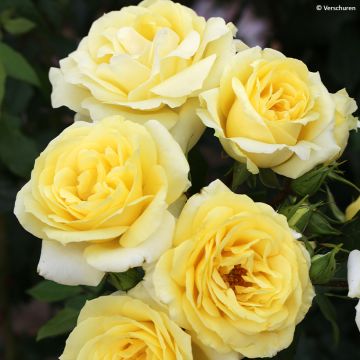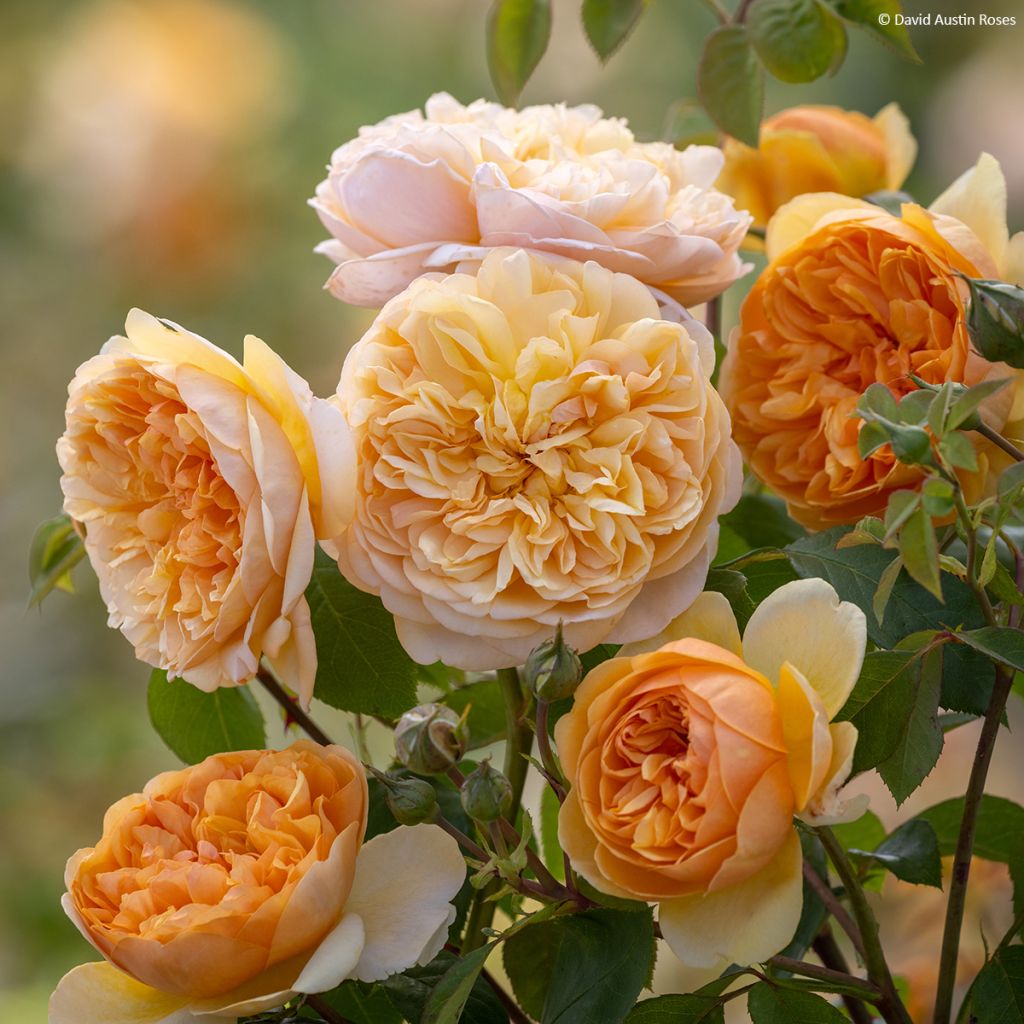

Rosa Bring Me Sunshine - English Rose
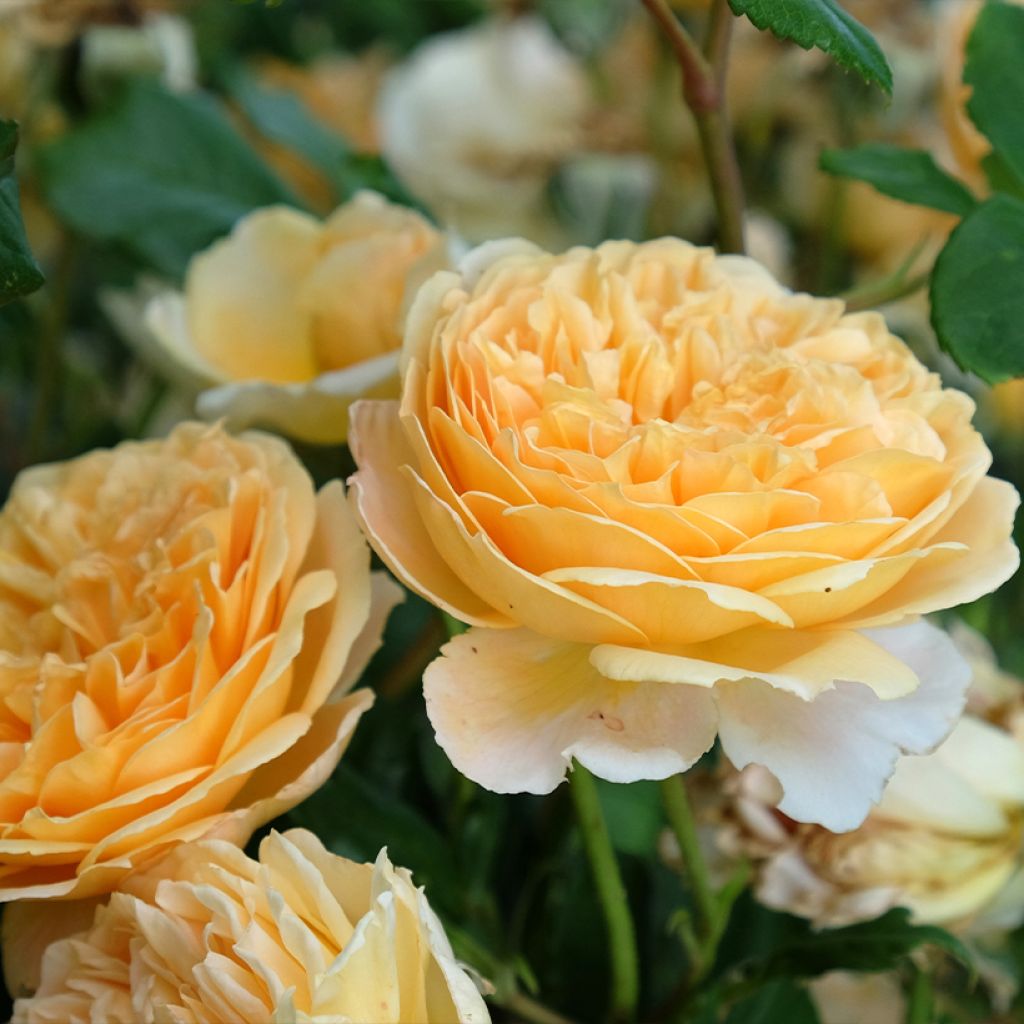

Rosa Bring Me Sunshine - English Rose
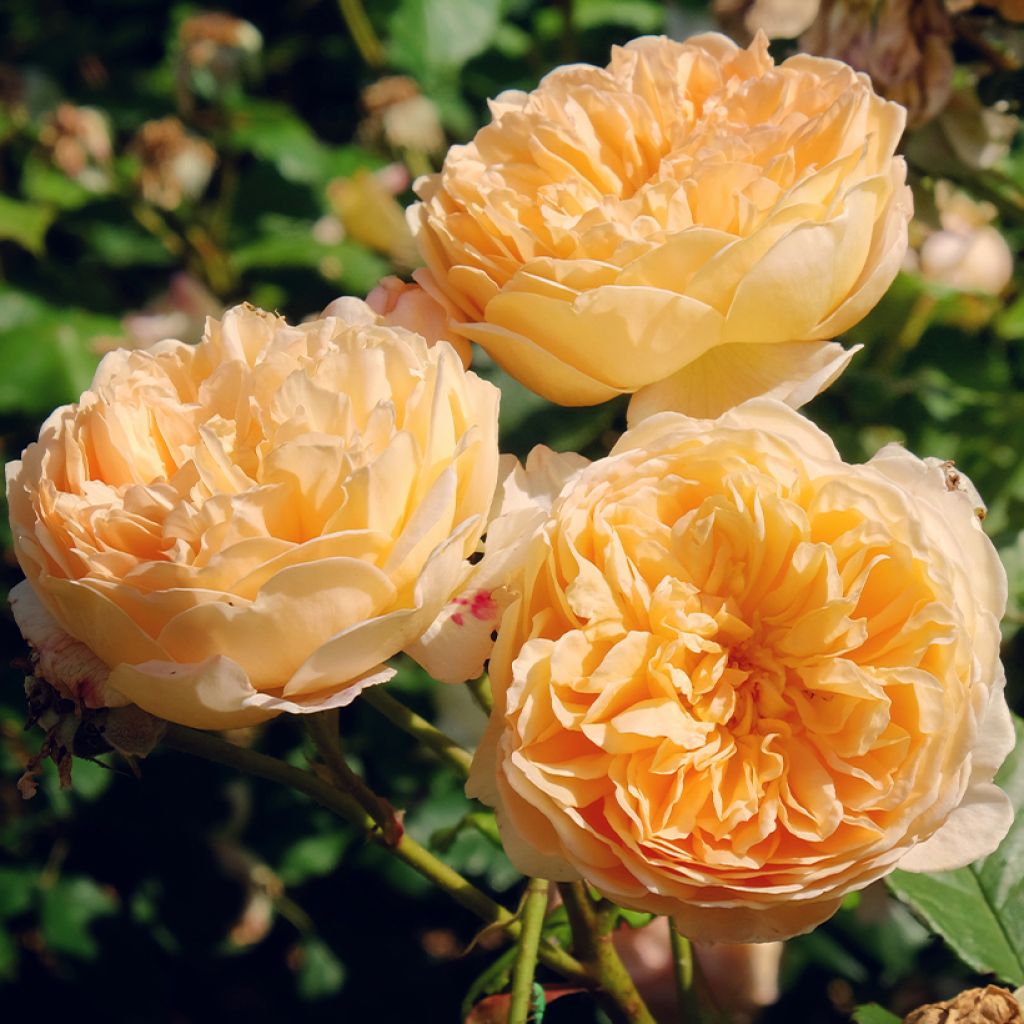

Rosa Bring Me Sunshine - English Rose
Rosa Bring Me Sunshine - English Rose
Rosa Bring Me Sunshine® 'Ausernie'
Rose
Why not try an alternative variety in stock?
View all →This plant carries a 24 months recovery warranty
More information
We guarantee the quality of our plants for a full growing cycle, and will replace at our expense any plant that fails to recover under normal climatic and planting conditions.
From €5.90 for pickup delivery and €6.90 for home delivery
Express home delivery from €8.90.
From €5.90 for pickup delivery and €6.90 for home delivery
Express home delivery from €8.90.
Delivery to Corse prohibited: UE law prohibits the import of this plant from mainland France to Corse as part of the fight against Xylella fastidiosa. Please accept our sincere apologies.
More information
Does this plant fit my garden?
Set up your Plantfit profile →
Description
The 'Bring Me Sunshine' English Rose is a recent creation by David Austin, known for its radiant flowering in shades of orange and yellow. Its medium-sized double rosettes exude a complex myrrh fragrance. This bushy shrub adorns itself with healthy foliage of medium green. The warm colour of its flowers harmonizes perfectly with white or blue.
Over time, the Bring Me Sunshine English Rose (Ausernie) forms a somewhat rounded bush, reaching 1.25m (4ft) in height with a spread of 1.10m (4ft). Its roses are produced regularly and abundantly from June to October in successive waves as long as the soil does not dry out too much. The flowers are rosette-shaped and filled with tightly packed petals. Their colours range from golden orange to yellow and pale apricot, fading as the hours go by. The thorny stems of this rose are adorned with large, finely cut leaflets of medium green colour with a somewhat elegant matte finish. It is resistant to rose diseases under good growing conditions. It has deciduous foliage, absent in winter.
Combining old roses' beauty with modern roses' advantages, the 'Bring Me Sunshine' rose captures light and attention, bringing a soft touch of colour and fragrance to large shrub borders and perennial beds. It will be beautifully showcased in front of a boxwood or yew screen. If you have enough space, English Roses, old or shrub roses, are magnificent when planted in groups of three. They will grow together to form a single, abundant bush that will flower even more generously. The orange hue of this 'Bring Me Sunshine' rose pairs well with the white blooms of David Austin roses 'Tranquillity' or 'Kew Gardens'.
English Roses are well-known for being reliably perpetual, and their flowers are renowned for their beautiful, regular rosettes and intense fragrance.
Obtained by David Austin in 2022
Report an error about the product description
Plant habit
Flowering
Foliage
Botanical data
Rosa
Bring Me Sunshine® 'Ausernie'
Rosaceae
Rose
Cultivar or hybrid
Other David Austin Roses
Planting and care
Plant your 'Bring Me Sunshine' English Rose in a sunny location or light shade. English roses are tolerant but do not appreciate overly compact and clayey soils. They will adapt to any garden if the soil is well-worked, deep, and sufficiently rich. To install your rose, work the soil by crumbling it and placing an amendment, such as blood, fish, and bone, at the bottom of the planting hole. Water generously after planting to eliminate air pockets. Water regularly for a few weeks to facilitate rooting.
Pruning English roses is essential for flowering. At the end of winter, in February-March, shorten the branches to 3-5 eyes above the ground (at the lowest), choosing an eye that points outward for a more elegant habit. Take advantage of this pruning to remove dead wood and unsightly branches. Pruning should be done at a slant above an eye. As the flowers bloom, remove faded flowers, stimulating the development of other buds.
Roses are often stained or unsightly at the end of summer, but this is not a problem for their development. These stains are not harmful to the rose; they are a natural phenomenon.
Planting period
Intended location
Care
This item has not been reviewed yet - be the first to leave a review about it.
Roses by purpose
Haven't found what you were looking for?
Hardiness is the lowest winter temperature a plant can endure without suffering serious damage or even dying. However, hardiness is affected by location (a sheltered area, such as a patio), protection (winter cover) and soil type (hardiness is improved by well-drained soil).

Photo Sharing Terms & Conditions
In order to encourage gardeners to interact and share their experiences, Promesse de fleurs offers various media enabling content to be uploaded onto its Site - in particular via the ‘Photo sharing’ module.
The User agrees to refrain from:
- Posting any content that is illegal, prejudicial, insulting, racist, inciteful to hatred, revisionist, contrary to public decency, that infringes on privacy or on the privacy rights of third parties, in particular the publicity rights of persons and goods, intellectual property rights, or the right to privacy.
- Submitting content on behalf of a third party;
- Impersonate the identity of a third party and/or publish any personal information about a third party;
In general, the User undertakes to refrain from any unethical behaviour.
All Content (in particular text, comments, files, images, photos, videos, creative works, etc.), which may be subject to property or intellectual property rights, image or other private rights, shall remain the property of the User, subject to the limited rights granted by the terms of the licence granted by Promesse de fleurs as stated below. Users are at liberty to publish or not to publish such Content on the Site, notably via the ‘Photo Sharing’ facility, and accept that this Content shall be made public and freely accessible, notably on the Internet.
Users further acknowledge, undertake to have ,and guarantee that they hold all necessary rights and permissions to publish such material on the Site, in particular with regard to the legislation in force pertaining to any privacy, property, intellectual property, image, or contractual rights, or rights of any other nature. By publishing such Content on the Site, Users acknowledge accepting full liability as publishers of the Content within the meaning of the law, and grant Promesse de fleurs, free of charge, an inclusive, worldwide licence for the said Content for the entire duration of its publication, including all reproduction, representation, up/downloading, displaying, performing, transmission, and storage rights.
Users also grant permission for their name to be linked to the Content and accept that this link may not always be made available.
By engaging in posting material, Users consent to their Content becoming automatically accessible on the Internet, in particular on other sites and/or blogs and/or web pages of the Promesse de fleurs site, including in particular social pages and the Promesse de fleurs catalogue.
Users may secure the removal of entrusted content free of charge by issuing a simple request via our contact form.
The flowering period indicated on our website applies to countries and regions located in USDA zone 8 (France, the United Kingdom, Ireland, the Netherlands, etc.)
It will vary according to where you live:
- In zones 9 to 10 (Italy, Spain, Greece, etc.), flowering will occur about 2 to 4 weeks earlier.
- In zones 6 to 7 (Germany, Poland, Slovenia, and lower mountainous regions), flowering will be delayed by 2 to 3 weeks.
- In zone 5 (Central Europe, Scandinavia), blooming will be delayed by 3 to 5 weeks.
In temperate climates, pruning of spring-flowering shrubs (forsythia, spireas, etc.) should be done just after flowering.
Pruning of summer-flowering shrubs (Indian Lilac, Perovskia, etc.) can be done in winter or spring.
In cold regions as well as with frost-sensitive plants, avoid pruning too early when severe frosts may still occur.
The planting period indicated on our website applies to countries and regions located in USDA zone 8 (France, United Kingdom, Ireland, Netherlands).
It will vary according to where you live:
- In Mediterranean zones (Marseille, Madrid, Milan, etc.), autumn and winter are the best planting periods.
- In continental zones (Strasbourg, Munich, Vienna, etc.), delay planting by 2 to 3 weeks in spring and bring it forward by 2 to 4 weeks in autumn.
- In mountainous regions (the Alps, Pyrenees, Carpathians, etc.), it is best to plant in late spring (May-June) or late summer (August-September).
The harvesting period indicated on our website applies to countries and regions in USDA zone 8 (France, England, Ireland, the Netherlands).
In colder areas (Scandinavia, Poland, Austria...) fruit and vegetable harvests are likely to be delayed by 3-4 weeks.
In warmer areas (Italy, Spain, Greece, etc.), harvesting will probably take place earlier, depending on weather conditions.
The sowing periods indicated on our website apply to countries and regions within USDA Zone 8 (France, UK, Ireland, Netherlands).
In colder areas (Scandinavia, Poland, Austria...), delay any outdoor sowing by 3-4 weeks, or sow under glass.
In warmer climes (Italy, Spain, Greece, etc.), bring outdoor sowing forward by a few weeks.

































